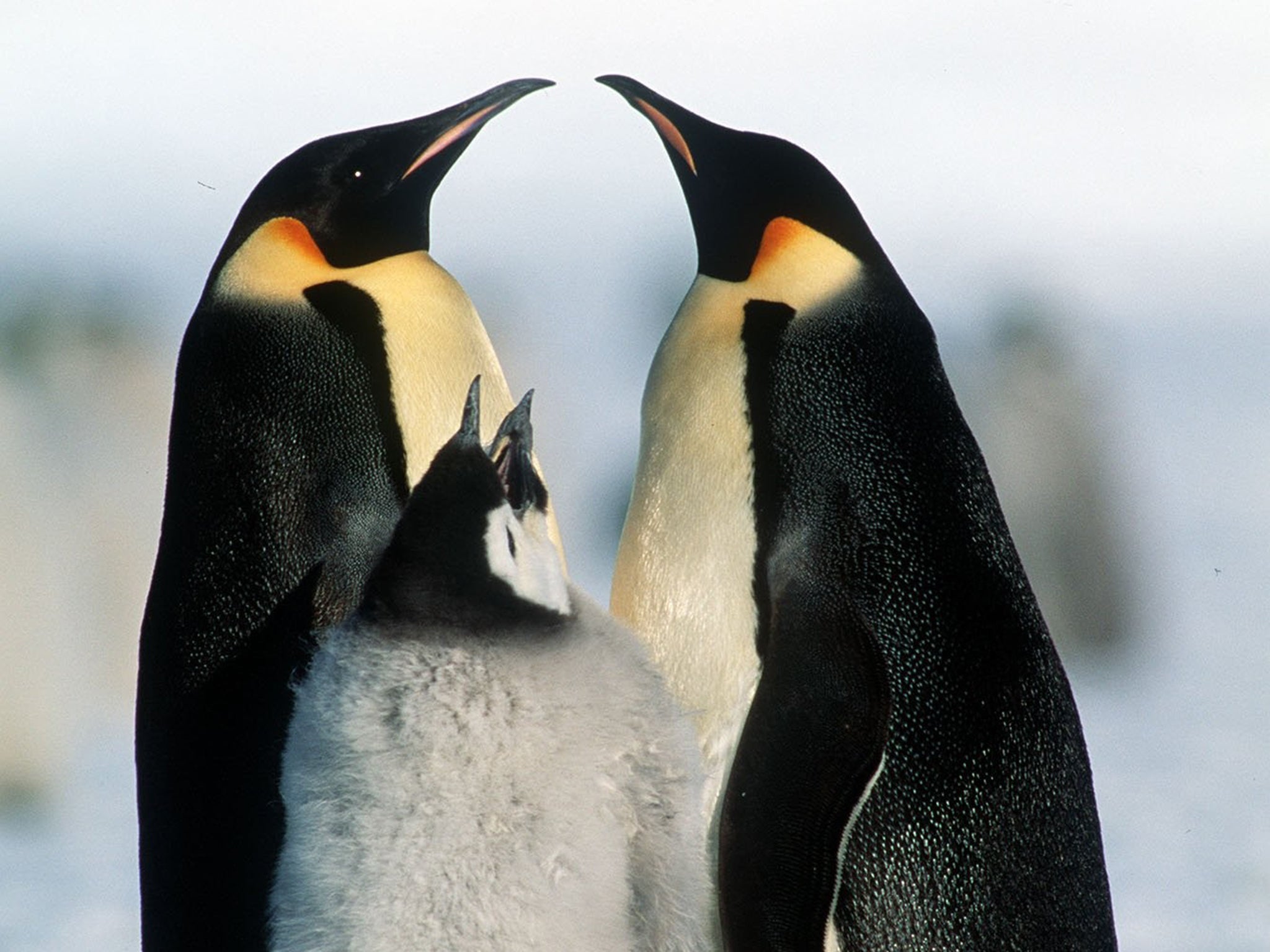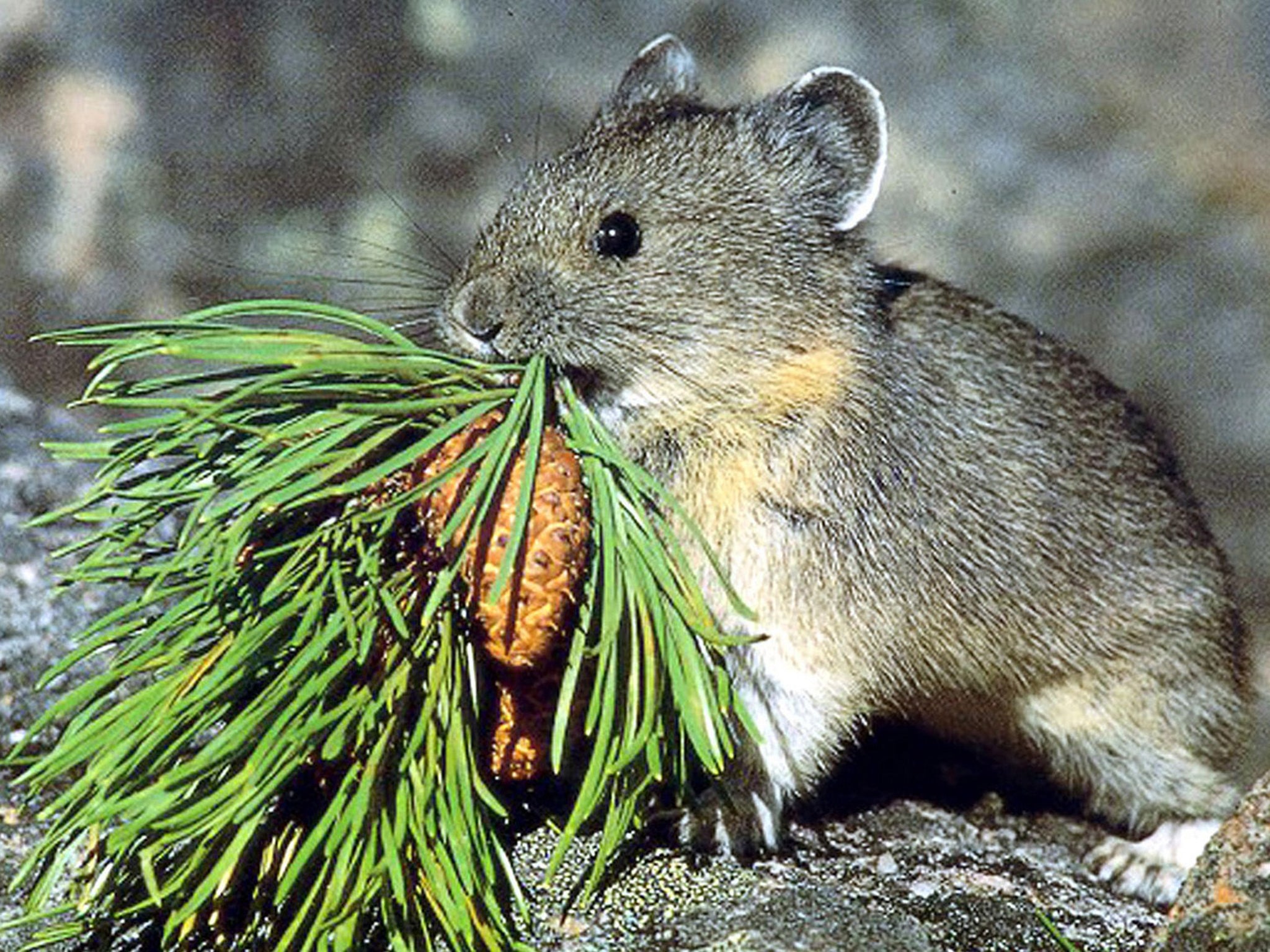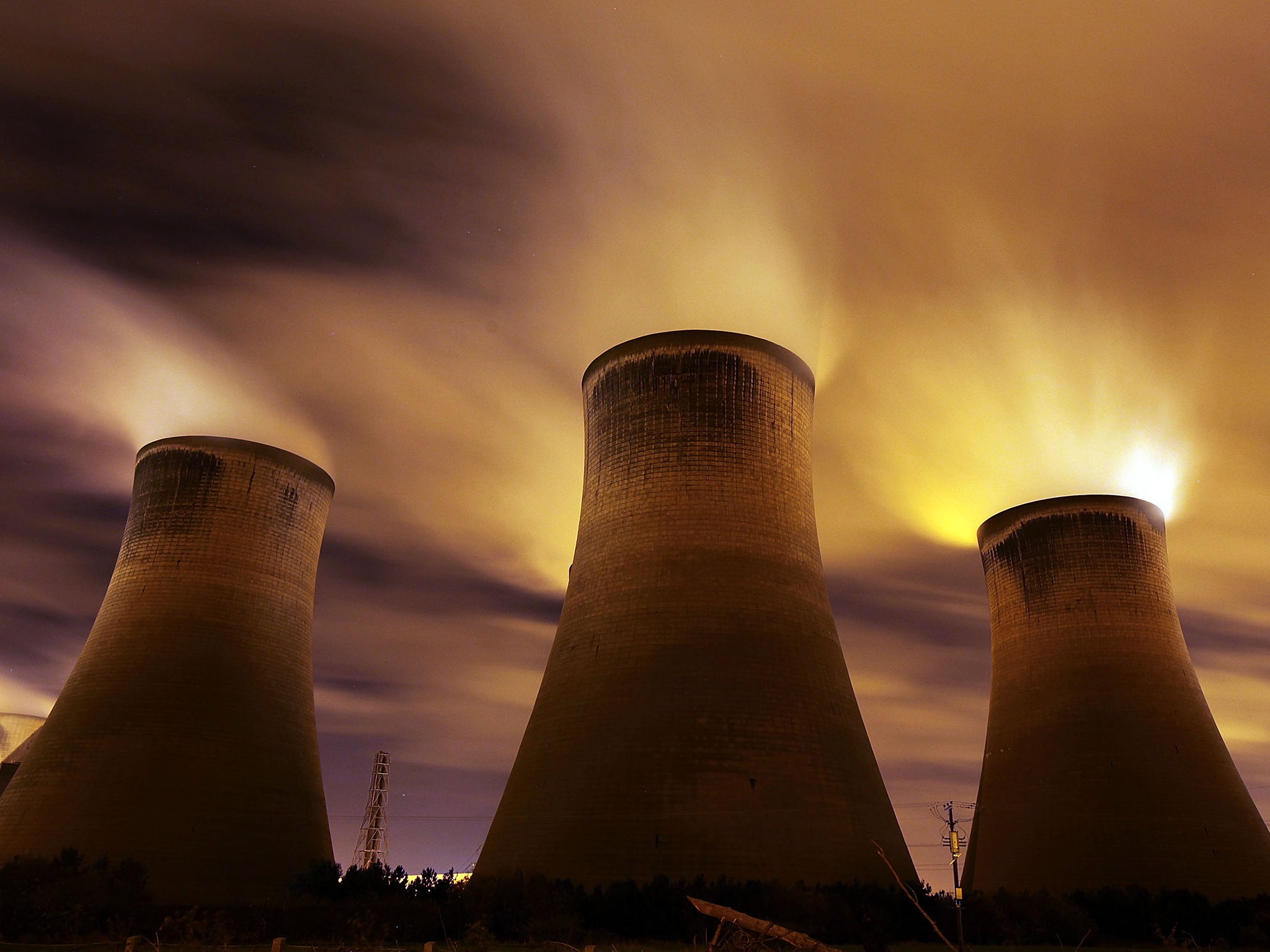Climate change 'could make one in six species extinct by end of the century'
Plants and animals of South America, Australia and New Zealand are at risk

Your support helps us to tell the story
From reproductive rights to climate change to Big Tech, The Independent is on the ground when the story is developing. Whether it's investigating the financials of Elon Musk's pro-Trump PAC or producing our latest documentary, 'The A Word', which shines a light on the American women fighting for reproductive rights, we know how important it is to parse out the facts from the messaging.
At such a critical moment in US history, we need reporters on the ground. Your donation allows us to keep sending journalists to speak to both sides of the story.
The Independent is trusted by Americans across the entire political spectrum. And unlike many other quality news outlets, we choose not to lock Americans out of our reporting and analysis with paywalls. We believe quality journalism should be available to everyone, paid for by those who can afford it.
Your support makes all the difference.One in six species could face extinction by the end of the century as a direct result of increasing global temperatures, an analysis of the threat posed by climate change to wildlife has found.
If the world continues down the existing path of carbon dioxide emissions, the rate of mass extinction will not just get worse for every 1C extra rise in global average temperatures, it will actually accelerate, the study discovered.
The endemic plants and animals of South America, Australia and New Zealand are particularly at risk of rising temperatures because for many of these rare species there is nowhere else to go when their only homeland becomes uninhabitable, scientists found.
On current climate projections, which would see global average temperatures reach about 4C higher than pre-industrial times by 2100, the study found that 16 per cent of species in the world would face the risk of imminent extinction purely because of climatic factors, rather than from habitat loss, environmental degradation or ocean acidification.
Even if international attempts to curb greenhouse gas emissions are successful by keeping the inevitable rise in global average temperatures to below the 2C “safe” threshold, the global extinction risk would still increase from its current 2.8 per cent to 5.2 per cent, said Mark Urban of the University of Connecticut, the author of the new report in the journal Science.
“We don’t know how long these extinctions will take, but these species will be committed to extinction. They will be on the train towards extinction, but we don’t know when it will arrive,” Dr Urban told The Independent.
“This is purely the contribution to extinction risk from the changing climate. Today, the biggest threats are from habitat loss and environmental degradation, but in a warmer world the climate will become more and more important,” he said.

The study was a meta-analysis of 131 previous studies into the extinction risks posed by climate change. It was an attempt to build a global picture across a range of animals and plants living on all continents, and on both land and sea.
“We can look across all the studies and use the wisdom of many scientists. When we put it all together we can account for the uncertainty in each approach, and look for common patterns and understand how the moderators in each type of study affect outcomes,” Dr Urban said.
Stephen Cornelius, chief adviser on climate change at WWF-UK, said: “This study further highlights the urgency of taking strong action to address climate change and that ‘business as usual’ is no longer an option.”
The analysis revealed that the regions of the world where endemic species are most vulnerable to climate change, such as Australia and New Zealand, were actually the least studied in term of the threats posed by global warming, he said.

The most studied regions of North America and Europe showed up to have the lowest extinction risks, at 5 per cent and 6 per cent respectively, while South America had the highest extinction risk of 23 per cent, with Australia and New Zealand following with a 14 per cent extinction risk each.
“One of the biggest contributions to risk in South America and New Zealand is that they have a relatively large number of endemic species with small distributions,” Dr Urban said.
“With Australia and New Zealand, we’re also looking at land masses that are relatively small and isolated, so that the possibility of a species shifting to a new habitat simply doesn’t exist,” Dr Urban said.
Raising temperatures will present particular problems for mountain animals and plants that have evolved to live within a certain range of climate extremes. As it gets warmer, they can move higher and higher but eventually there will run out of habitable space.
Some species will be able to disperse more easily than others at the local climate changes, while for others the habitat range will become smaller and smaller, leading to a point where breeding populations are no longer viable, the study said.
“Extinction risks from climate change are expected not only to increase but to accelerate for every degree rise in global temperature,” Dr Urban said.
“The signal of climate change-induced extinctions will become increasingly apparent if we do not act now to limit future climate change,” he said.
Join our commenting forum
Join thought-provoking conversations, follow other Independent readers and see their replies
Comments